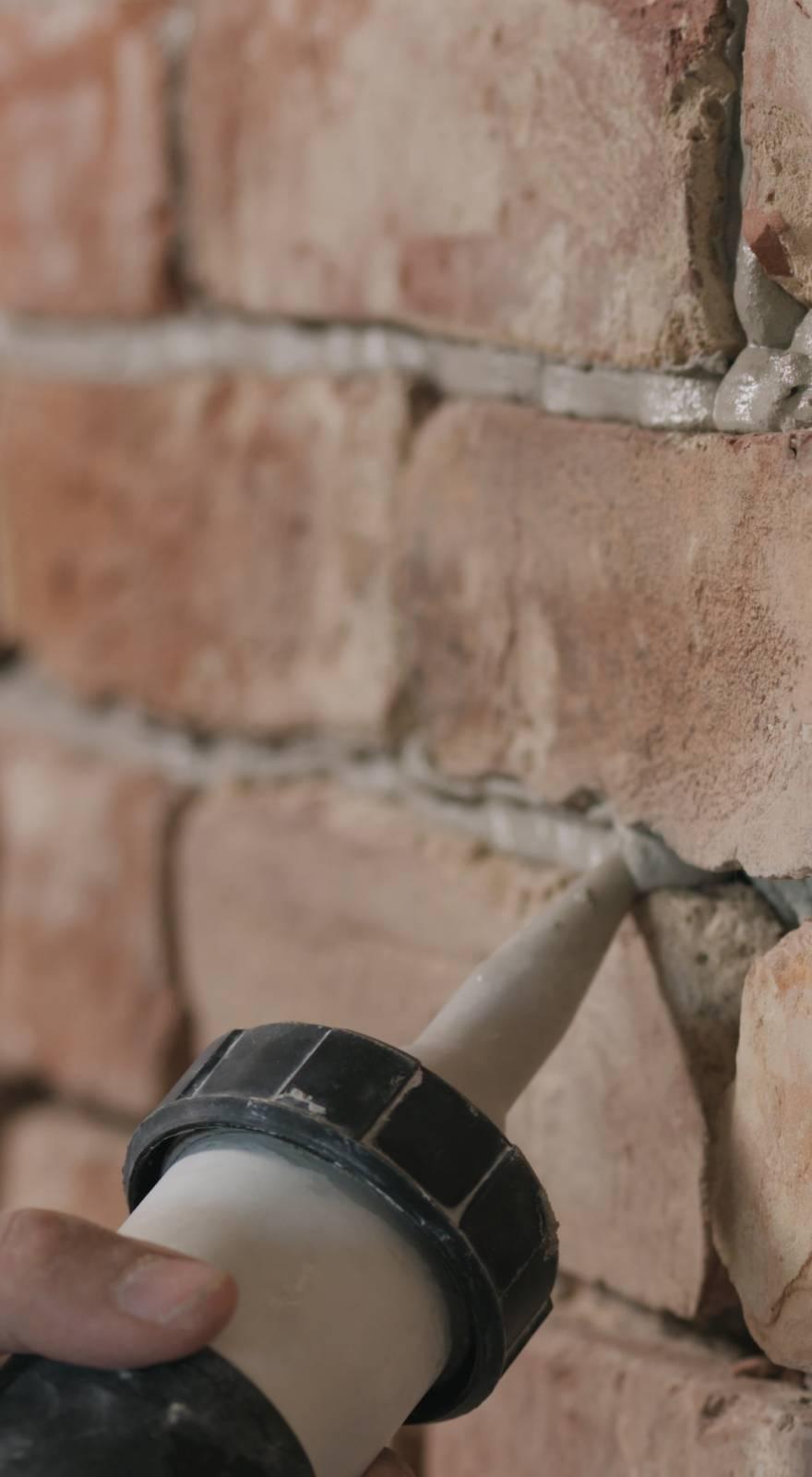Knowde Enhanced TDS
Identification & Functionality
- Chemical Family
- Chemical Name
- CASE Ingredients Functions
- CAS No.
- 21645-51-2
- EC No.
- 244-492-7
- Technologies
- Product Families
Features & Benefits
- Labeling Claims
- CASE Ingredients Features
- Product Highlights
BayGranite®17 a non-halogenated fire retardant and smoke suppressant. It decomposes into an inert material: anhydrous alumina and water. Its presence in a polymer system can substantially lower smoke production levels when compared to flame retardant polymers based on phosphates or on brominated or chlorinated paraffin/ antimony trioxide filled systems.
Applications & Uses
- Applications
- Compatible Polymers & Resins
- Compatible Substrates & Surfaces
- Applications
Primary applications are in the film forming binders based on polymers and copolymers. Ethylene vinyl acetate (EVA)
- Natural latex
- Polyurethane
- Polyvinyl acetate (PVA)
- Polyvinyl chloride (PVC)
- Styrene-butadiene rubber (SBR)
- Vinylidene Chloride
Properties
- Chemical Properties
- Typical Properties
| Value | Units | Test Method / Conditions | |
| Silicon Dioxide (SiO2) | max. 0.01-0.02 | % | — |
| Iron Oxide (Fe2O3) | max. 0.01-0.02 | % | — |
| Sodium Oxide (Na2O, total) | max. 0.2-0.35 | % | — |
| Sodium Oxide (Na2O, soluble) | max. 0.015-0.10 | % | — |
| Moisture Content | max. 0.03-0.20 | % | — |
| Value | Units | Test Method / Conditions | |
| Loose Bulk Density | 60-70 | lb/ft3 | — |
| Specific Gravity | 2.42 | — | — |
| Mohs Hardness | 2.5-3.5 | — | — |
| Particle Size through 325 mesh | 60-65 | wt. % | — |
| Particle Size d50 | 22-26 | μ | — |

